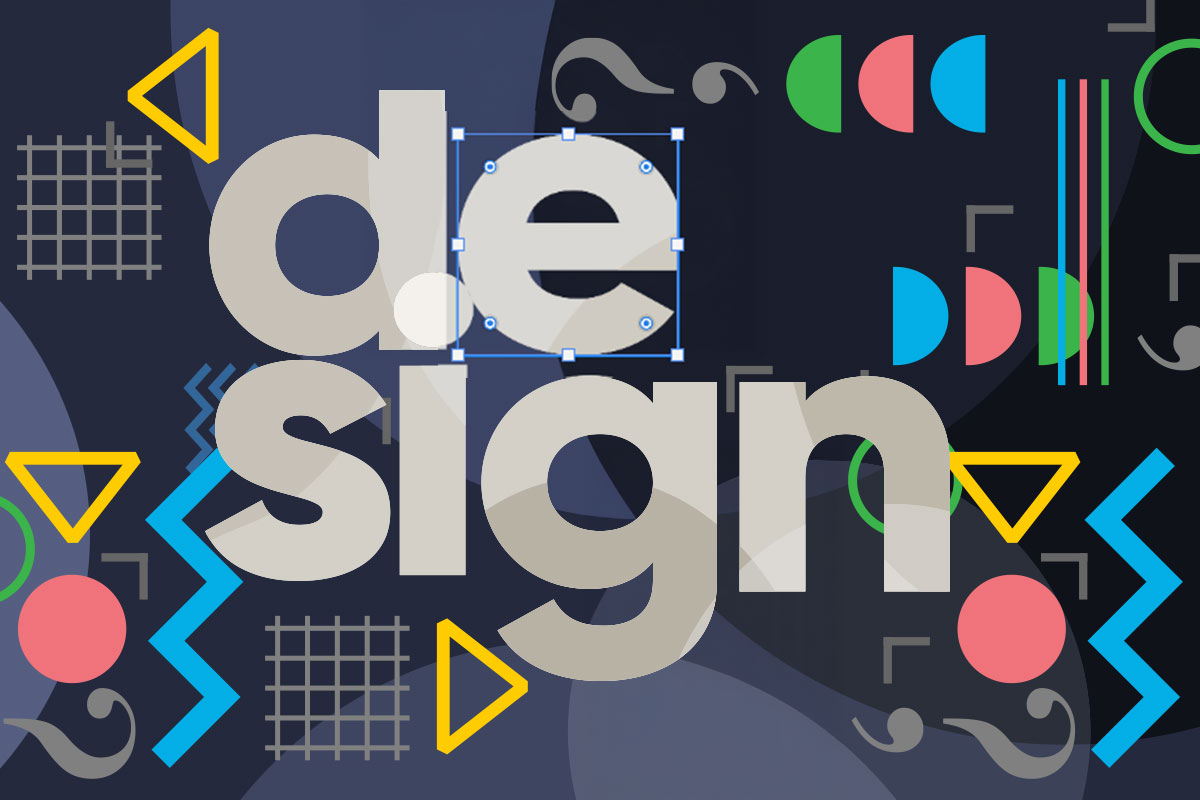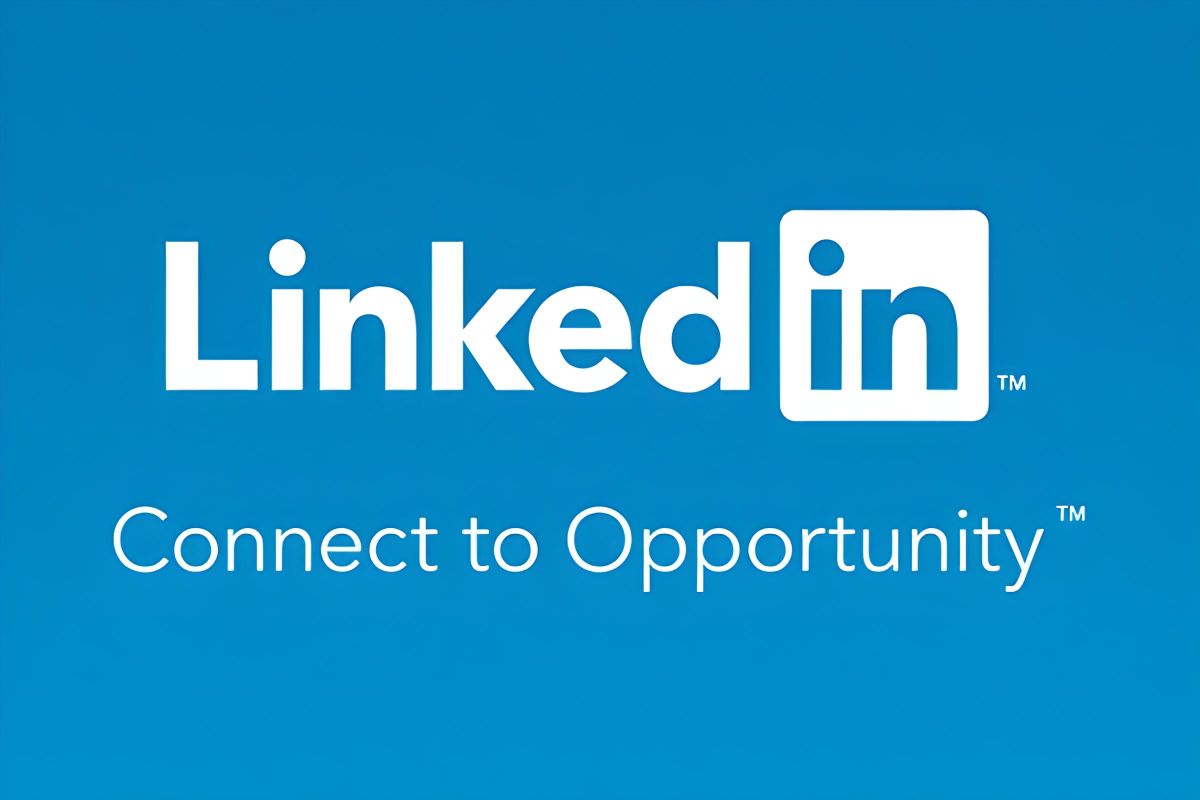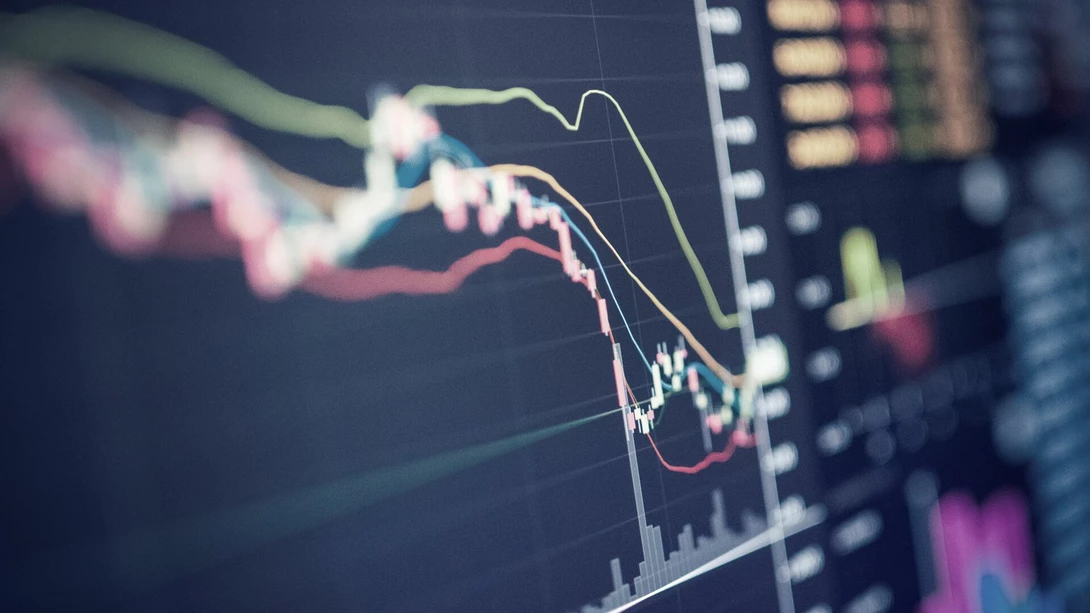The Psychology Behind Impulse Shopping
Impulse shopping is a phenomenon that transcends mere consumer behavior; it delves into the intricate workings of the human psyche. Understanding the psychology behind impulse shopping can illuminate why we often find ourselves making unplanned purchases. From emotional spending triggers to the allure of instant gratification, several factors contribute to this widespread practice. Let’s explore these elements and uncover the hidden motivations that drive impulse shopping.
Emotional Spending Triggers
At the heart of impulse shopping lies the concept of emotional spending triggers. Many consumers engage in shopping as a means of coping with negative emotions such as stress, anxiety, or sadness. The act of purchasing can provide a temporary sense of relief and happiness, making it an appealing escape from life’s challenges.
When faced with emotional turmoil, individuals may seek solace in retail therapy. The excitement of acquiring something new can release dopamine, a neurotransmitter associated with pleasure. This biochemical reaction reinforces the behavior, creating a cycle where individuals turn to shopping whenever they experience distress. As a result, emotional spending triggers become a prominent aspect of impulse purchases.
Moreover, specific marketing strategies exploit these emotional triggers. Advertisements that evoke nostalgia or happiness can compel consumers to buy items they might not need. For instance, a commercial depicting joyous family gatherings may inspire viewers to purchase related products, tapping into their desire for connection and belonging.
Instant Gratification Desire
Another significant aspect of impulse shopping is the desire for instant gratification. In an age where immediacy reigns supreme, the ability to acquire products at a moment’s notice has become increasingly enticing. The internet has transformed shopping into a convenient and rapid process, allowing consumers to make purchases with a few clicks.
This yearning for instant gratification extends beyond mere convenience; it encompasses the thrill of acquiring something new without delay. When shopping, consumers often seek immediate fulfillment, favoring quick purchases over more considered, long-term decisions. This phenomenon is particularly pronounced in online shopping, where the ease of access and fast delivery options heighten the temptation to buy impulsively.
Retailers have recognized this trend and have strategically designed their platforms to cater to the desire for instant gratification. Features such as flash sales, limited-time offers, and countdown timers create a sense of urgency that nudges consumers toward impulsive decisions. By emphasizing the fleeting nature of deals, marketers effectively heighten the stakes, compelling shoppers to act quickly rather than deliberating.
Social Influence Effects
The social landscape also plays a crucial role in impulse shopping behavior. Social influence effects can significantly sway individuals’ purchasing decisions, particularly in a society increasingly driven by social media. The desire to fit in or showcase one’s lifestyle can prompt consumers to make unplanned purchases, often driven by the fear of missing out (FOMO).
Influencers and peers often set trends that individuals feel compelled to follow. Seeing friends or celebrities flaunting the latest fashion or gadget can create a pressure to conform. This pressure can lead to impulsive buys as individuals attempt to emulate the lifestyles portrayed online. The need for social validation can override rational decision-making, resulting in spontaneous shopping that aligns with current trends rather than personal preferences.
Moreover, platforms like Instagram and TikTok have made it easier than ever for products to go viral. The instantaneous nature of these platforms accelerates the shopping cycle, with consumers often feeling the urge to buy items trending in their social circles. The influence of social effects is particularly potent among younger consumers, who may be more susceptible to the opinions and behaviors of their peers.
Marketing Strategies Impact
Finally, the impact of marketing strategies on impulse shopping cannot be overstated. Retailers employ a myriad of techniques designed to entice consumers to make unplanned purchases. From in-store displays to online ads, these strategies aim to capture attention and evoke desire.
One prevalent tactic is the use of persuasive language that evokes emotions. Phrases like “limited stock” or “exclusive offer” create a sense of urgency and exclusivity. Marketers often employ bright colors and eye-catching designs to highlight special promotions, further drawing consumers into their sales funnels.
Moreover, retailers strategically place products in stores and on websites to maximize visibility. Items that are likely to trigger impulse buys are often positioned near checkout counters or highlighted on homepages. This placement capitalizes on the consumer’s moment of decision, increasing the likelihood of an additional, unplanned purchase.
Online, the power of targeted advertisements further amplifies the marketing strategies impact. By analyzing browsing habits and purchase history, retailers can deliver personalized ads that resonate with individual preferences, making it harder to resist the allure of impulsive buying.
Conclusion
Understanding the psychology behind impulse shopping sheds light on the complex motivations that drive consumer behavior. From emotional spending triggers and the pursuit of instant gratification to the powerful influence of social dynamics and savvy marketing strategies, numerous factors converge to create a landscape ripe for impulsive purchases. By recognizing these influences, consumers can develop greater awareness and exercise more control over their shopping habits, transforming impulse shopping from a compulsive act into a more mindful experience.





